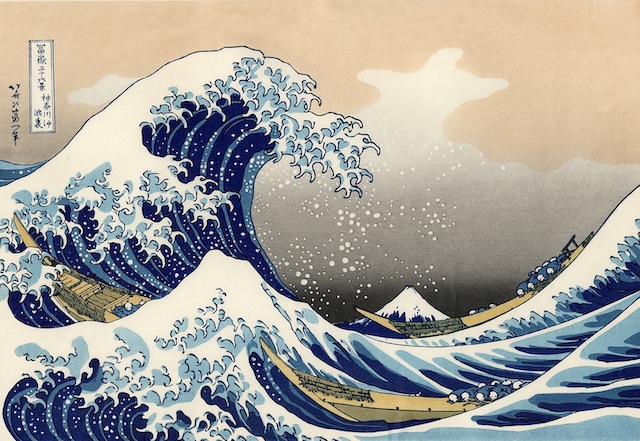
Hans Christian Andersen


The great thing about the N.C.A.A. basketball tournament is that a low-budget small school can beat large schools that spent millions on constructing basketball powerhouses. Dreams can come true in an instant!
Saint Peter’s made NCAA Tournament history on Friday by becoming the first No. 15 seed ever to advance into the Elite Eight after knocking off No. 3 seed Purdue 67-64 in a Sweet 16 stunner.

Many “experts” are predicting that Cinderella’s time in this NCAA Tournament will be over. I agree that once again Saint Peter’s is going to be at a disadvantage. No one expected the Peacocks to be here and no one is expecting them to make the Final Four. But being the underdog and continuing to play with no pressure, the team’s free and easy attitude has helped them, especially at the end of games when it seemed like their opponent froze.

Saint Peter’s College, a small Jesuit university in Jersey City, New Jersey stunned #2 Kentucky in the NCAA tournament first round and took out #7 Murray State in the second round. In the “Sweet Sixteen” round the Peacocks take on #3 Purdue on Friday.
As a proud boy from Noo Joisey I am cheering for these Joisey Boys to make it all the way to the NCAA Final Four!!
Saint Peter’s is the Cinderella story of the NCAA Tournament. They face a Purdue team that rose to No. 1 in the AP Top 25 for the first time in program history earlier this season and remained among the nation’s elite, even while navigating some defensive issues that kept it from winning the Big Ten regular season or conference titles. The Boilermakers are an offensive juggernaut led by star shooting guard Jaden Ivey and ultra-skilled big men Trevion Williams and Zach Edey. The team is seeking its first Final Four since 1980.
The betting is that here is no question the Boilermakers have the firepower to do it. The question is whether they have the defense to match. And the St. Pete’s defense is a strong point. Stay Tuned!

A hunk of lava known as Sessho-seki or “killing stone” sits on the slopes of Mount Nasu, located in Nikko National Park about 100 miles north of Tokyo. Mount Nasu is famous for its sulphurous hot springs and the stone, according to folklore, continually spews poisonous gas – hence its name. The stone became a registered historical landmark in 1957 and is a popular tourist destination.

The stone has long been associated with a Japanese legend that an evil spirit is embedded in the stone making it lethal to humans who dare to approach.
According to the mythology, the spirit is a creature named Tamamo-no-Mae, a malicious nine-tailed fox spirit who could change into an alluring woman. After an assassination attempt on the emperor, her spirit has been trapped within the Sessho-seki stone for 1,000 years.

Although it is said that the stone had been destroyed, its pieces being scattered around Japan, and its spirit exorcised by a Buddhist monk, many Japanese prefer to believe that it has remained trapped on Mount Nasu.
Earlier this month it was discovered that the rock had been found split in two. The news triggered fears that the spirit had escaped from the stone!

A more plausible explanation is that nature had simply taken its course, the split caused by cracks formed over the years had allowed moisture from recent rains and freezing temperatures to seep inside and weaken its structure.
Notwithstanding, the incident is another example of Japanese culture being a never-ending source of world-wide interest. It has sparked an international social media debate about whether the fracture was a good or bad omen.
Some have speculated that the nine-tailed Tamamo-no-Mae will “tame the coronavirus and the current world situation.” Others draw more ominous conclusions.
Red-crowned cranes, a symbol of loyalty and longevity, are deeply entrenched in Japanese culture. Named for the discs of red skin that gleam on the black heads, they are considered to bring good luck since ancient times.

The cranes were plentiful throughout Japan during the Edo period, from the 17th to the 19th century. They were kept as pets — as well as being hunted and prepared as culinary delicacies — for the ruling shoguns.
However, by the 1920s, there were fears that the red-crowned cranes had gone extinct due to over-hunting and construction that wiped out much of their wetland habitats. Only about three dozen red-crowned cranes were left in all of Japan.
After a handful were discovered in Kushiro, a port city in eastern Hokkaido, local conservators and the Japanese government initiated a successful decades-long effort. Today there are about 1,900 cranes in Japan’s population and they are no longer at imminent risk of extinction.
Kushiro Shitsugen, a large marshland, is dedicated as a national park and the Japanese non-migratory red-crown cranes home. It is a particularly active feeding ground between November and March, and the snowy ground provides a backdrop that makes the birds’ elegant beauty stand out all the more. A visit here is a top priority on my things to do list.

